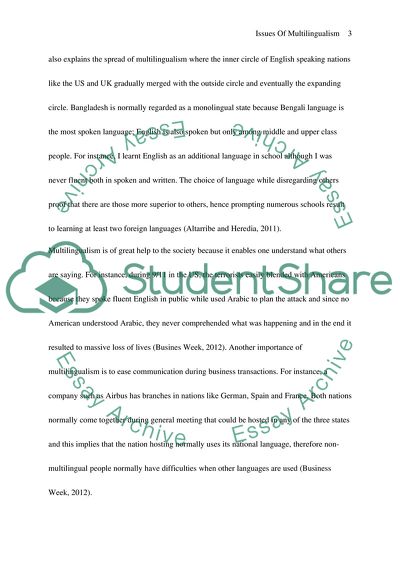Cite this document
(Issues of Multilingualism Essay Example | Topics and Well Written Essays - 2000 words, n.d.)
Issues of Multilingualism Essay Example | Topics and Well Written Essays - 2000 words. https://studentshare.org/education/1813548-issues-in-multilingualism
Issues of Multilingualism Essay Example | Topics and Well Written Essays - 2000 words. https://studentshare.org/education/1813548-issues-in-multilingualism
(Issues of Multilingualism Essay Example | Topics and Well Written Essays - 2000 Words)
Issues of Multilingualism Essay Example | Topics and Well Written Essays - 2000 Words. https://studentshare.org/education/1813548-issues-in-multilingualism.
Issues of Multilingualism Essay Example | Topics and Well Written Essays - 2000 Words. https://studentshare.org/education/1813548-issues-in-multilingualism.
“Issues of Multilingualism Essay Example | Topics and Well Written Essays - 2000 Words”. https://studentshare.org/education/1813548-issues-in-multilingualism.


